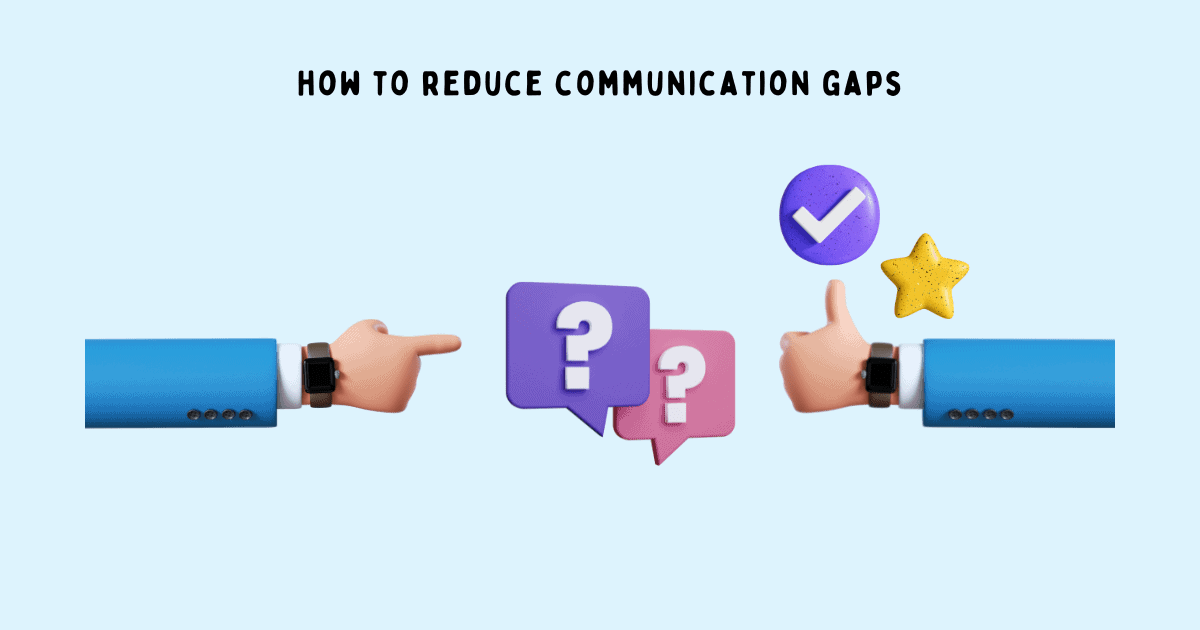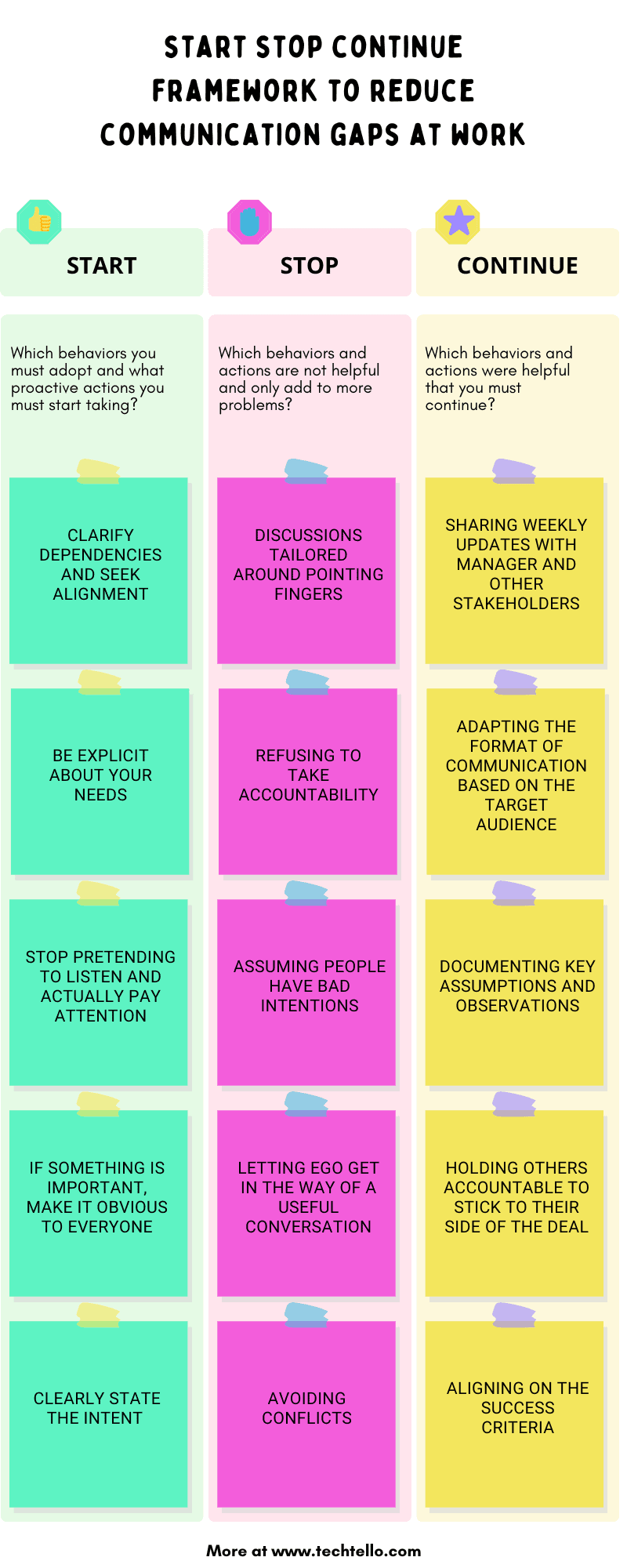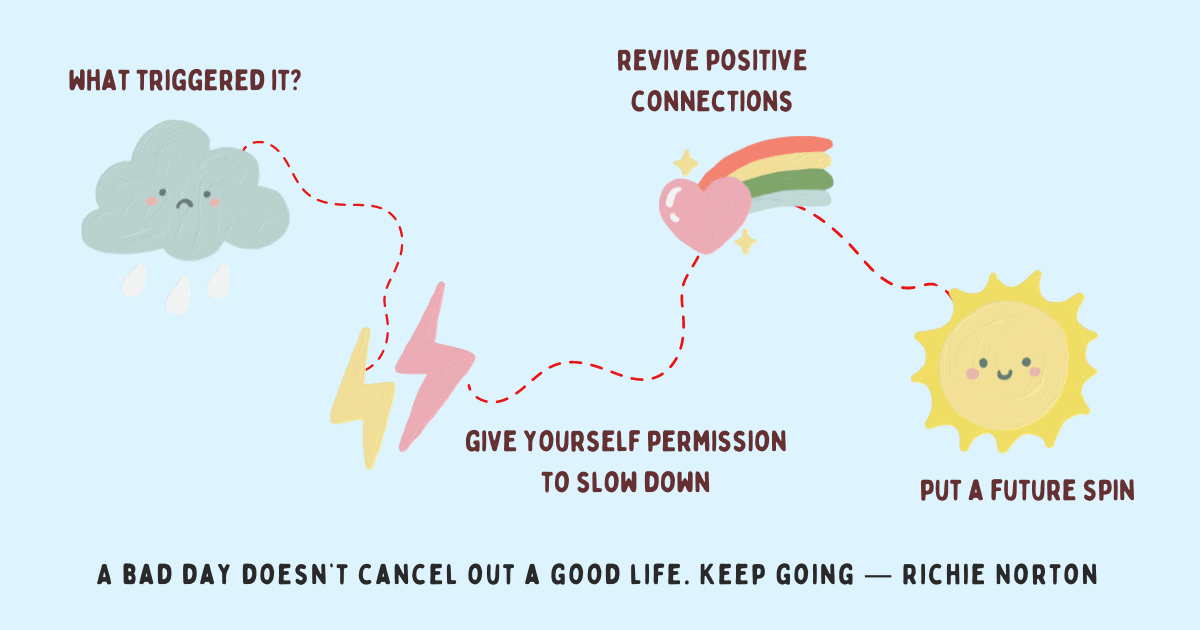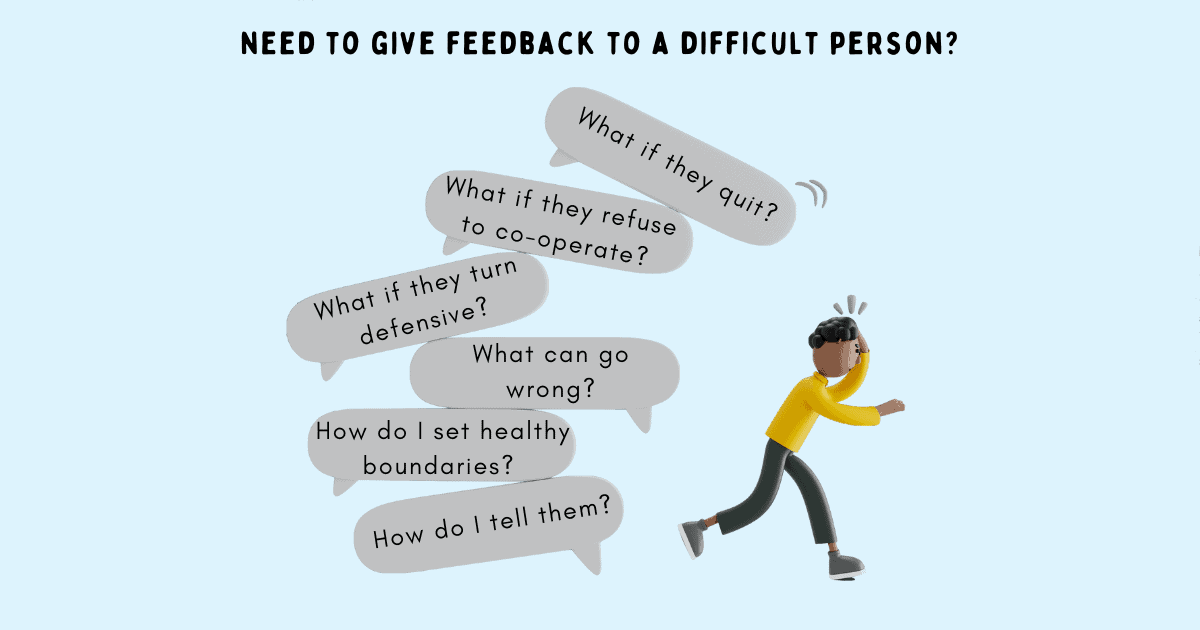Powerful Framework to Reduce Communication Gaps at Work

What makes or breaks a project at work? What determines whether employees enjoy working together or try to avoid anything that requires collaboration? What factor enables managers to empower their team members? What builds trust with stakeholders?
Effective communication. It’s a key ingredient to work together, advance your career and make work a happy experience. When communication breaks down at work, more time is wasted in filling gaps in alignment and expectations and less in productive work. Top it with all the frustration, stress and anxiety that comes from feeling it’s beyond your control and nothing you can do about it that can make it better.
In a team environment, when you understand the nuances of effective communication, you can apply strategies to reduce the effects of poor communication. Instead of seeking perfect alignment—which is impossible in a group setting and will only add to feelings of disappointment—focus on what’s within your control and the practices you can adopt to make collaborating with others less painful and more fun.
Looking inwards to your own behaviors and actions—what gaps exist, what changes are required, what you can do—is empowering. It is a subtle mindset shift that’s very effective in controlling your own work experience.
It’s time to care; it’s time to take responsibility; it’s time to lead; it’s time for a change; it’s time to be true to our greatest self; it’s time to stop blaming others.
— Steve Maraboli, Unapologetically You
When I faced communication issues at work, I adopted the start, stop and continue framework. This framework, though known for team retrospectives, setting personal development goals and giving and getting feedback, is also super useful for adopting communication practices to fill communication gaps at work.
This is how the start, stop and continue framework works. Reflect on your past projects, discussions and meetings. Think about the communication challenges you faced—what worked, what caused problems, and what initiatives you could have taken to reduce those gaps.
Then write down:
- Start: Which behaviors you must adopt and what proactive actions you must start taking to reduce communication problems at work?
- Stop: Which behaviors and actions are not helpful and only add to more problems?
- Continue: Which behaviors and actions were helpful that you must continue?
You must create your own version of start, stop and continue and make it a monthly habit to reflect, adapt and refine. Openness, flexibility and curiosity will enable you to break the negative cycle of rumination which only wastes time and instead spend it on constructive behaviors and actions.
Start Stop Continue Worksheet
Reflect on past experiences and create a list of concrete actions to improve using this template.
This is how I put the start, stop and continue framework to practice. You can adapt it to your specific context and circumstances.
To reduce communication gaps, start doing this
Instead of pointing fingers which is pointless and lead to self-defeating behaviors, I decided to uncover behaviors that had a chance of reducing communication problems but never got around to implementation.
After dissecting past conversations, conflicts and other strenuous moments, I started incorporating these practices into my day-to-day conversations:
- Spend time at the beginning of the project clarifying dependencies and seeking alignment. Leaving this to a later stage creates friction between teams, breaks down trust and makes collaborating with others so much harder.
- Be explicit about your needs. Need training, access to a particular resource, context surrounding a problem, clarity on requirements or even help from others? Stop assuming others know what you want and explicitly ask for it.
- If something is important, it deserves attention. The only way to make sure it’s heard is to repeat it. Keep doing it till it’s obvious to everyone. Repetition may irritate a few people, but it’s better to irritate than leave it open for confusion.
- Stop pretending to listen and actually pay attention and be present. Keep distractions (email, chat, phone) away and commit to being part of the conversation—mentally as well as physically. You’ll end up with better solutions and much better outcomes.
- If you don’t plan on doing something, don’t say “maybe” or “I’ll think about it.” Say no. They’re going to be disappointed either way. Better to be upfront.
- Clearly state the intent when communicating something difficult or anything that has a chance of misinterpretation.
Listen with curiosity. Speak with honesty. Act with integrity. The greatest problem with communication is we don’t listen to understand. We listen to reply. When we listen with curiosity, we don’t listen with the intent to reply. We listen for what’s behind the words.
— Roy T. Bennett, The Light in the Heart
To reduce communication gaps, stop doing this
To ensure that my own behavior and actions weren’t getting in the way of how I collaborated, communicated and worked with others, I decided to stop doing this:
- Discussions tailored around pointing fingers, identifying who is at fault instead of finding solutions.
- Prioritizing individual goals over success as a team.
- Using excuses and victim mentality to justify outcomes.
- Refusing to take accountability.
- Hiding issues with a superficial explanation instead of digging deeper.
- Covering up mistakes instead of openly talking about them and finding ways to move forward.
- When something does not go as expected, assuming people have bad intentions instead of taking situational and other factors into account.
- Assuming everyone has the context and clarity needed to make good decisions without putting in the effort to actually make it happen.
- Letting my ego get in the way of a useful conversation.
- Becoming a bottleneck by keeping all information to myself and not sharing it with others.
- Avoiding conflicts instead of tackling them head-on.
We cannot control the way people interpret our ideas or thoughts, but we can control the words and tones we choose to convey them. Peace is built on understanding, and wars are built on misunderstandings.
— Suzy Kassem, Rise Up and Salute the Sun
To reduce communication gaps, continue doing this
Focusing too much on the negative takes away your power to identify what works well. Looking at your positive behaviors and actions—however small they may be—and strategically employing them can disarm others, build trust and shine a light on your strengths. It’s also a great way to make sure your work is visible and recognized by others.
I have relied on these behaviors and actions for years and they have served me very well in leaving less gaps in my communication:
- Sharing weekly updates with my manager and other stakeholders. Highlight the key milestones, projects on track, projects in a risk zone, and the next steps. This simple update that took 10 mins of my time saved hours of effort in meetings—proactive async communication kept everyone abreast of the issues and the steps I was taking to mitigate any risks. There was no point in wasting time in meeting and discussing something face-to-face that can very well be done over an email.
- Adapting the format of communication based on the target audience. This includes determining the information they care about and the language they understand e.g. sharing technical updates with my manager while focusing on business metrics with product and business stakeholders.
- Understanding the channel (email, face-to-face, chat) which suits them best to receive these updates and aligning on the frequency of such communications. With everyone aligned, less time is wasted in ad hoc conversations.
- Documenting key assumptions and observations (instead of keeping them in my head) and getting a sign-off from the stakeholders before starting development to reduce gaps in understanding thereby making less avoidable errors.
- Being clear and explicit about timelines by doing proper effort estimation instead of being vague with my commitment.
- Holding others accountable to stick to their side of the deal and making sure they understand the impact of not meeting these expectations.
- Aligning on the success criteria—how it will be measured—to avoid ending up with an outcome that does not meet others’ expectations. e.g. If I have to deliver API endpoints with certain functionality, agree upfront on what makes these endpoints successful (format, error codes, QPS, response time, etc).
You can’t find a perfect work environment with 100% alignment between people and teams. Communication problems are bound to happen when people from different backgrounds, contexts, skills and aspirations work together.
However, don’t assume things will get better on their own. Don’t crib. Don’t complain. Don’t accept the status quo and learn to live with communication issues. Adopt the start, stop and continue framework and be part of the change.
You can get discouraged many times, but you are not a failure until you begin to blame somebody else and stop trying.
— John Burroughs
Summary
- Good communication is empowering. It builds trust, increases productivity and inspires cooperation. Poor communication leaves people feeling dissatisfied, misunderstood or unimportant.
- No workplace is without communication problems. However, blaming others isn’t going to solve it. Look internally at your own behavior and actions.
- Adopt these practices to leave less gaps in your communication—clarify dependencies, be explicit about your needs, use repetition, pay attention, learn to say no and state your intent.
- Get rid of behaviors and actions that make communication more difficult instead of easing it—pointing fingers, using excuses, refusing to take accountability, assuming bad intentions, becoming a bottleneck or avoiding conflicts.
- Continue putting effort into good communication practices that are showing positive results—sharing updates, adapting to the audience, documenting assumptions, explicitly stating timelines and being part of a shared definition of success.






























